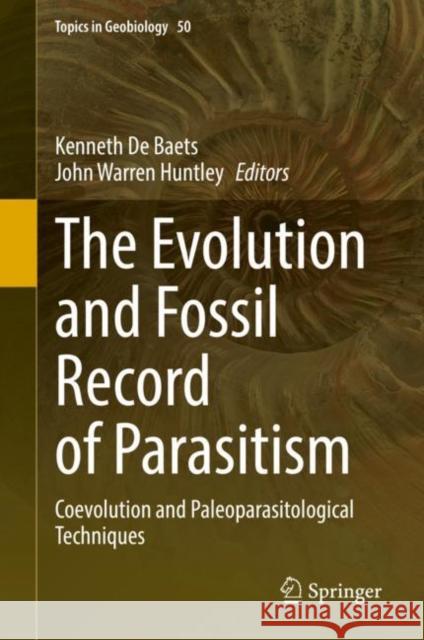The Evolution and Fossil Record of Parasitism: Coevolution and Paleoparasitological Techniques » książka
topmenu
The Evolution and Fossil Record of Parasitism: Coevolution and Paleoparasitological Techniques
ISBN-13: 9783030522322 / Angielski / Twarda / 2021 / 460 str.
The Evolution and Fossil Record of Parasitism: Coevolution and Paleoparasitological Techniques
ISBN-13: 9783030522322 / Angielski / Twarda / 2021 / 460 str.
cena 603,81
(netto: 575,06 VAT: 5%)
Najniższa cena z 30 dni: 578,30
(netto: 575,06 VAT: 5%)
Najniższa cena z 30 dni: 578,30
Termin realizacji zamówienia:
ok. 22 dni roboczych
Dostawa w 2026 r.
ok. 22 dni roboczych
Dostawa w 2026 r.
Darmowa dostawa!
Kategorie:
Kategorie BISAC:
Wydawca:
Springer
Seria wydawnicza:
Język:
Angielski
ISBN-13:
9783030522322
Rok wydania:
2021
Wydanie:
2021
Numer serii:
000030735
Ilość stron:
460
Waga:
0.95 kg
Wymiary:
23.88 x 16.26 x 2.79
Oprawa:
Twarda
Wolumenów:
01











